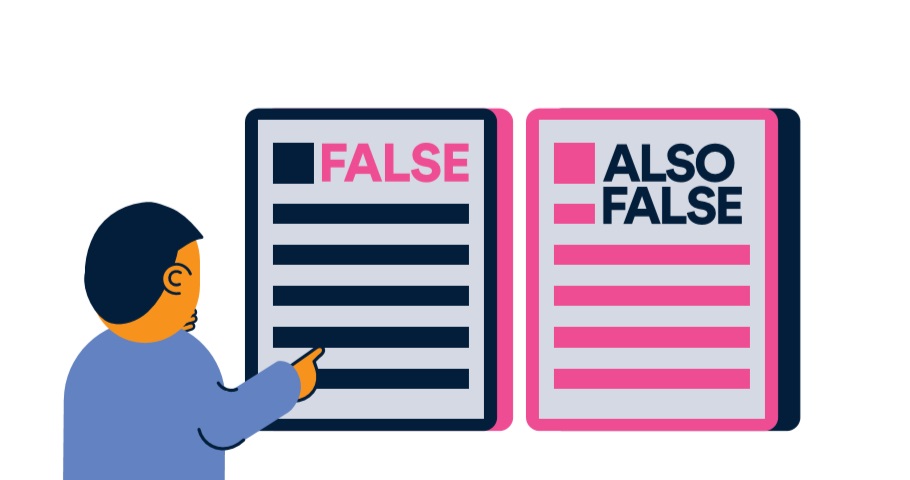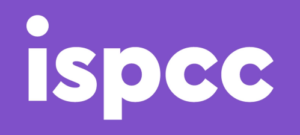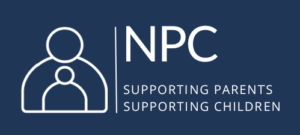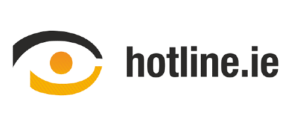Module 2: News, Information, and Problems of False Information

- This module examines the responsible and ethical use of media and explores different types of misinformation. It aims to develop the critical thinking skills necessary to enable students to distinguish between false information and accurate and reliable information. Students will explore how to evaluate information online and recognise bias and prejudice online.
Key Learning for Students
Students will be able to determine reliable sources of information online and recognise bias and prejudice online. Students will analyse the problems and potential consequences associated with the spread of false information. Students will identify and evaluate ways to avoid false information in social and academic settings.Learning Outcomes
DML Short Course: Strand 2: Following my interests online.2.1 analyse the characteristics of digital media texts which make them different from analogue media texts
2.2 demonstrate how digital media texts are published on the internet
2.4 compare information from various sources in order to evaluate its reliability, validity, accuracy, authority, and timeliness
Cross curricular links
SPHE Year 2 Influences and Decisions:SPHE Year 2 Influences and Decisions:
- have further developed their decision-making skills and be aware of the need for reflection during the decision making process.
SPHE Year 3 Communication Skills:
- have further developed their communication skills
- appreciate that criticism can be helpful
Resources Needed
- Worksheets: 2.1, 2.1A, 2.2, 2.3, 2.4, 2.5
- Ted Talk: Fake videos of real people and how to spot them (available to watch at: www.ted.com/talks/supasorn_suwajanakorn_ fake_videos_of_real_people_and_how_to_spot_ them#t-24201)
- Deepfakes: Bill Hader www.youtube.com/watch?v=VWrhRBb-1Ig
- BBC News: Fake Obama created using AI video tool: www.youtube.com/watch?v=AmUC4m6w1wo
- What is false information video available at: www.webwise.ie/connected
Methodologies
Inquiry-based learning, establishing key words and key messages, discussion, group work, brainstorming, video analysis, reading comprehensionDifferentiating this module
Depending on the nature of the student’s needs, there may be a need to have dedicated lessons prior to this lesson to decode and demystify the complex language surrounding the topic. Some students may find it difficult to access language such as ‘false information, deep fakes and filter bubbles’. A vocabulary list of recommended words is provided for this activity to complete for students with SEN. The purpose of this is to unpack the key concepts of the lesson thus making the language more accessible. It is advised that vocabulary is evaluated post-teaching to reinforce students’ learning.
Differentiated worksheets (‘a’ versions) are provided to assist students who may have slow processing or memory difficulties in figuring out the main points. Students with SEN may have difficulty reading aloud, avoid putting pressure on individual students to read aloud. Text to speech tools may be used for activities and worksheets.
Some students with general learning disabilities may struggle to access the explainer animation due to the language and/or abstract nature. To enable these students to access the animation, provide an introduction to the animation, explaining the context and topic addressed. Subtitles are also available on the video.
Embedding Digital Technologies
Schools with access to digital devices (e.g. tablets, laptops, phone) can capture students’ responses on relevant discussion activities using a variety of web-based tools (e.g. school’s VLE, Mentimeter, Flipgrid, etc). It would also be worthwhile asking students to take a screenshot of relevant tasks completed and save this in their own digital portfolio (folder) in the schools VLE as a record of their work throughout the course. Mind mapping tools can be used to capture and organize responses. Creative and graphic design tools can be incorporated to create infographics and visual responses to activities or create news stories using web publishing tools.
Teachers Note
When introducing the topic; students may be more familiar with the term ‘fake news’. If possible, it is advised to avoid the term ‘fake news’, or at least limit its use as the term ‘fake news’ is closely associated with politics, and this association can unhelpfully narrow the focus of the issue. The term ‘false information’ or mis/disinformation is preferable as it can refer to a diverse range of disinformation covering topics such as health, environmental and economics across all platforms and genres, while ‘fake news’ is more narrowly understood as political news stories.





